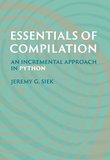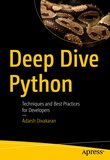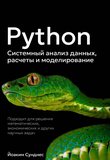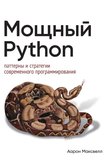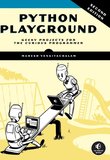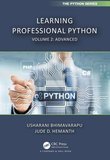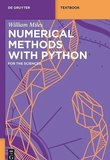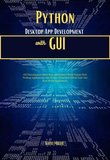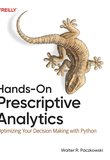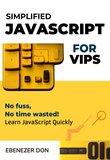-
.NET (.NET Core)
-
1C
-
APL
-
AWK
-
Agda
-
Agile/Scrum
-
Alef
-
Assembler
-
Basic
-
Beta Programming Language
-
Big Data/DataScience
-
C
-
C#
-
C++
-
CSS
-
Cobol
-
Crystal
-
D
-
Dart
-
DataBase (SQL)
-
Delphi
-
F#
-
Flutter
-
Fortran
-
GPT/AI/ИИ
-
GameDev
-
Git
-
Go (Golang)
-
HTML
-
Hacking and Security
-
Haskell
-
Java
-
JavaScript (JS)
-
Julia
-
Kotlin
-
Machine Learning (ML)
-
Natural language processing (NLP)
-
PHP
-
Pascal
-
Python
-
R
-
Ruby
-
Rust
-
Scratch
-
Swift
-
UML
-
UX/UI
-
Visual Basic
-
Wolfram
-
XML
-
АСУ
-
Проектирование/System Design
-
Сети/Network
-
Схемотехника/электронные схемы
-
.NET (.NET Core)
-
1C
-
APL
-
AWK
-
Agda
-
Agile/Scrum
-
Alef
-
Assembler
-
Basic
-
Beta Programming Language
-
Big Data/DataScience
-
C
-
C#
-
C++
-
CSS
-
Cobol
-
Crystal
-
D
-
Dart
-
DataBase (SQL)
-
Delphi
-
F#
-
Flutter
-
Fortran
-
GPT/AI/ИИ
-
GameDev
-
Git
-
Go (Golang)
-
HTML
-
Hacking and Security
-
Haskell
-
Java
-
JavaScript (JS)
-
Julia
-
Kotlin
-
Machine Learning (ML)
-
Natural language processing (NLP)
-
PHP
-
Pascal
-
Python
-
R
-
Ruby
-
Rust
-
Scratch
-
Swift
-
UML
-
UX/UI
-
Visual Basic
-
Wolfram
-
XML
-
АСУ
-
Проектирование/System Design
-
Сети/Network
-
Схемотехника/электронные схемы
Меню
Learn Autonomous Programming with Python: Utilize Python’s capabilities in artificial intelligence, machine learning, deep learning and robotic process automation
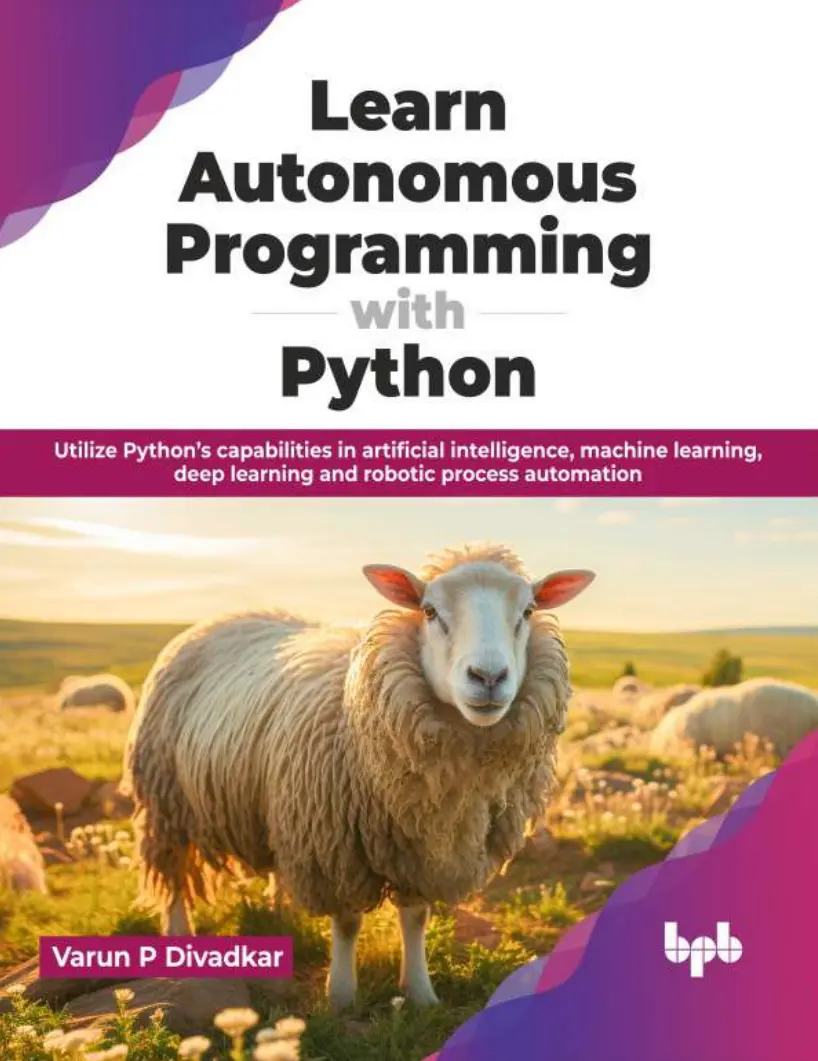
Автор: Divadkar Varun P
Дата выхода: 2024
Издательство: BPB Publications
Количество страниц: 435
Размер файла: 3,9 МБ
Тип файла: PDF
Добавил: codelibs
Cover Page
Title Page
Copyright Page
Dedication
About the Author
About the Reviewer
Acknowledgement
Preface
Table of Contents
1. Why Python for Automation?
Introduction
Structure
Objectives
Python as an open-source language
Python’s repository of extensive libraries
Python as a high-level language
Portability aspect of Python
Salient advantages of Python
Conclusion
2. RPA Foundations
Introduction
Structure
Objectives
History of Robotic Process Automation
What is RPA
Components of RPA
Various RPA tools in the market
Comparison between various RPA tools
RPA Python package
Practical use case of RPA with Python
Conclusion
3. Getting Started with AI/ML in Python
Introduction
Structure
Objectives
Background and history of AI
Machine learning concepts
Supervised and unsupervised learning
Popular Python Libraries for ML
Reinforcement learning
Deep learning
Introduction to neural networks
Types of neural networks
Natural language processing
Transformers and large language models
Conclusion
4. Automating Web Scraping
Introduction
Structure
Objectives
What is web scraping
Popular Python libraries for web scraping
The requests module in Python
The Beautiful Soup Library
Inspecting the web page
Extracting information from the Web Page
Legal considerations of web scraping
Practical use case in Python
Conclusion
5. Automating Excel and Spreadsheets
Introduction
Structure
Objectives
Need for automating Excel using Python
Introduction to openpyxl library
Open and modify an existing workbook
Access a cell using Range name
Merging cells
Looping through cells
Working with Excel formulae using openpyxl
Create charts using openpyxl
Styling a chart
Other Python libraries for Excel automation
Comparison summary of Python libraries
Practical use case in Python
Conclusion
6. Automating Emails and Messaging
Introduction
Structure
Objectives
Prerequisites for Gmail automation
Turning on 2-step verification for Gmail
Getting app password
Sending a Gmail message using Python
Automating WhatsApp messaging
Practical use case in Python
Conclusion
7. Working with PDFs and Images
Introduction
Structure
Objectives
PyPDF library
Read a PDF file using PyPDF2
Rotate and merge PDF files
Working with images using the PIL library
Optical character recognition
Working with OpenCV
Practical use case in Python
Conclusion
8. Mechanizing Applications, Folders and Actions
Introduction
Structure
Objectives
The os module in Python
The shutil module in Python
Copy and move a file using shutil
Move files based on extension using shutil
Using the PyAutoGUI Library
Implementing basic mouse functions using PyAutoGUI
Implementing basic keyboard functions using PyAutoGUI
Exploring message box functions using PyAutoGUI
Practical use case in Python
Conclusion
9. Intelligent Automation Part 1: Using Machine Learning
Introduction
Structure
Objectives
Implementing supervised machine learning algorithms using Python
Linear regression
Key concepts in Machine Learning models
Logistic regression
K nearest neighbors
Naïve Bayes
Support vector machines
Decision trees
Implementing unsupervised learning algorithms using Python
Dimensionality reduction
Principal component analysis
Linear discriminant analysis
K means clustering
Practical use case in Python
Conclusion
10. Intelligent Automation Part 2: Using Deep Learning
Introduction
Structure
Objectives
Implementing a neural network in Python
Backpropagation
Popular Python libraries for deep learning
Deep learning applications
Natural language processing
Practical use case in Python
Conclusion
11. Automating Business Process Workflows
Introduction
Structure
Objectives
Understanding a business process workflow
Introduction to orchestration
Automation versus orchestration: Differences
Orchestration platforms available in market
Achieving orchestration with Python
Prefect
Luigi
Practical use case in Python
Conclusion
12. Hyperautomation
Introduction
Structure
Objectives
Defining hyperautomation: What it is and why it matters
The hyperautomation cycle: Key steps and processes
Exploring typical use cases for hyperautomation
Enhancing document understanding with optical character recognition
Implementing conversational agents: The role of chatbots
Advancing efficiency with robotic process automation
Navigating the challenges of hyperautomation
Practical use case in Python
Conclusion
13. Python and UiPath
Introduction
Structure
Objectives
Setting up the Python environment in UiPath
Exploring Python activities in UiPath
Creating the Python script
Integrating Python with UiPath
Conclusion
14. Architecting Automation Projects
Introduction
Structure
Objectives
Introduction to virtual environment
Setting up a virtual environment
Virtual environment directories at a glance
Additional considerations involving a virtual environment
Python PIP revisited
Performing basic operations using pip
Working with the requirements.txt file
Using Docker for containerization
Conclusion
15. The PyScript Framework
Introduction
Structure
Objectives
Introduction to PyScript
Creating a basic webpage using PyScipt
Adding working Python code to the webpage
Using third party libraries with PyScript
Referencing external Python files in PyScript
Conclusion
16. Test Automation in Python
Introduction
Structure
Objectives
Introduction to Selenium
Setting up the Selenium Python API
Exploring web automation with Selenium Python API
Pytest library
Advantages and limitations of Pytest
Python Robot Framework
Running test cases in the Python Robot Framework
Conclusion
Index
The current industry (also called Industry 4.0) has witnessed an unprecedented expansion of technology in a short span of time, owing to an exponential increase in computational power coupled with internet technology. Consequently, domains like artificial intelligence, machine learning, deep learning and robotic process automation have gained prominence and become the backbone of organizations, making it inevitable for professionals to upgrade their skills in these domains.
Orchestrate your work with AI and ML. Learn RPA's power, conduct web symphonies, utilize spreadsheets, and automate emails. You can also extract data from PDFs and images, choreograph applications, and play with deep learning. Design workflows, create hyperautomation finales, and combine Python with UiPath. You can further build a solid stage for your projects with PyScript, and continue with test automation.
This book equips you to revolutionize your work, one Python script at a time. This book can be used as ready to reference as well as a user manual for quick solutions to common organizational needs and even for brushing up on key technical domain concepts.
What you will learn
- You will have a clear understanding of Python and create concise, flexible and maintainable applications for current industry needs.
- You will explore web scraping techniques using powerful libraries to extract valuable data from the web.
- You will have a high level overview of fundamentals in ML, deep learning, RPA, and hyperautomation.
- You will learn to write compact and maintainable code in Python catering to typical applications in contemporary industries.
- You will also learn how to apply your learnings to real world industry scenarios using the practical Python use cases presented at the end of each chapter.
Who this book is for
This book is specifically meant for students and professionals who have prior working knowledge of Python from a basic to intermediate level and would want to expand their horizon of Python programming.
